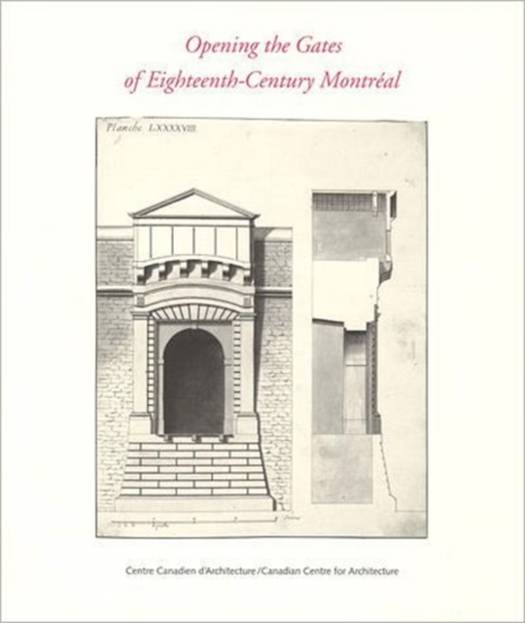
- Afhalen na 1 uur in een winkel met voorraad
- Gratis thuislevering in België vanaf € 30
- Ruim aanbod met 7 miljoen producten
- Afhalen na 1 uur in een winkel met voorraad
- Gratis thuislevering in België vanaf € 30
- Ruim aanbod met 7 miljoen producten
Opening the Gates of Eighteenth-Century Montréal
Omschrijving
This study focuses on the interrelationships of three key elements of Montréal's urban form: its fortifications; the ownership, distribution, and use of property within its walls; and the nature of its buildings.
Based on a fifteen-year study of manuscript sources from Europe and North America, Opening the Gates of Eighteenth-Century Montréal focuses on the interrelationships of three key elements of Montréal's urban form: its fortifications; the ownership, distribution, and use of property within its walls; and the nature of its buildings. The first section of the book, Fortifications, traces Montréal's development as one of the most important military and commercial centers of the French colonial network arching from Louisbourg to the Great Lakes and down the Lake Champlain and Ohio corridors. It also discusses the related development of the town's fortifications. Town, the second section, examines how Montréal's diversifying economic activities - many connected with the building, maintenance, and supply of inland military posts -influenced land use and building within the walls. The last section, Buildings, focuses on the urban house, Montréal's principal building type in the eighteenth-century, examining it in its material and social environments: morphology of town and fortifications, distribution of institutional buildings, and formative legal traditions--metropolitan French above all, but later also British and American. The demolition of the walls (1801-1817) that had defined the town blurred town and suburb and augured a new urban form.
Specificaties
Betrokkenen
- Uitgeverij:
Inhoud
- Aantal bladzijden:
- 96
- Taal:
- Engels
- Reeks:
Eigenschappen
- Productcode (EAN):
- 9780262620864
- Verschijningsdatum:
- 16/10/1992
- Uitvoering:
- Paperback
- Formaat:
- Trade paperback (VS)
- Afmetingen:
- 206 mm x 236 mm
- Gewicht:
- 408 g

Alleen bij Standaard Boekhandel
Beoordelingen
We publiceren alleen reviews die voldoen aan de voorwaarden voor reviews. Bekijk onze voorwaarden voor reviews.










